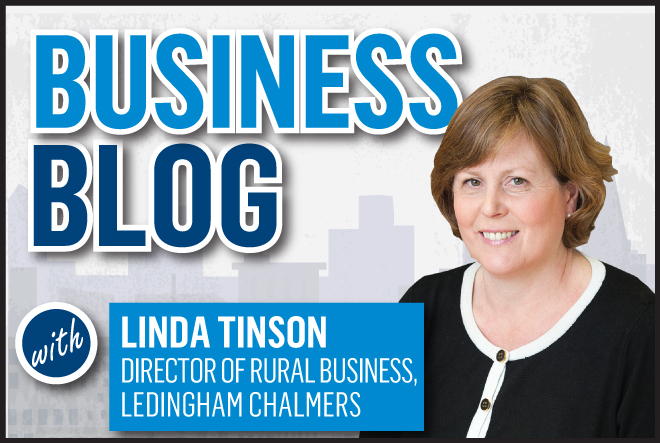All businesses go through planning cycles, with opportunities to review strategy and assess opportunities for growth at various stages. Sometimes the decision is to stay the course and at others there is a chance to change direction.
Agricultural enterprises have particular rhythms and demands. For example I know never to call a farmer during harvest time, one of the busiest peaks in the year’s activity.
Deciding to sell up and no longer pursue the farming lifestyle can be a difficult and emotional decision. Many farms have geographical heritage or are held as family businesses. This adds to the complexity of decision making. However there are now a far greater number of farms on the market, the highest volume that has been seen for several years. The latest edition of the Scottish Farmer has a bumper number of for sale adverts.
There are numerous reasons behind this but changes in legislative reform are often a catalyst for decision making. Negotiations on the Common Agricultural Policy (CAP) reform have been ongoing for several years, but under the new system being phased in from June this year, the majority of farmers will be less well off, receiving lower subsidies.
This change in support structure is a contributing factor for those making the decision to sell – those who may have been waiting to see what the effect of the CAP reform would be will now know that they will receive less support, and may be concerned about the longer term viability of their businesses.
Deciding to sell up is not only a decision to take stock and make lifestyle changes, but is also an opportunity to ensure that the farm’s business structure is in order, as well as reviewing any outstanding taxation and family law concerns. The majority of family farms are run as a partnership and the best advice is to have a robust partnership agreement in place, providing the foundation of business operations. Rural land transfers are complex and it is vital that title deeds are correctly registered, and managed by trained experts who understand agricultural law.
Seeking expert advice from a specialist who will help farmers to think clearly through all the aspects of a sales transaction will help to ensure that the farm business is left in the best hands for the future.
